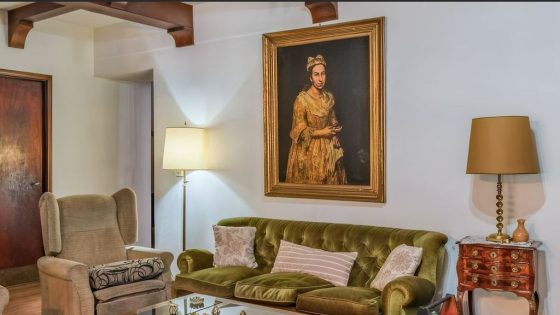The African Union’s bold move to challenge the Mercator projection is reshaping how we see the world map. This widely used map, created over 450 years ago by Flemish cartographer Gerardus Mercator, distorts the true size of continents. On 2025-08-18 10:44:00, the AU backed the “Correct the Map” campaign, aiming to give Africa its rightful scale and recognition.
- African Union advocates replacing Mercator world map
- Mercator projection distorts landmass sizes significantly
- Campaign promotes Equal Earth projection for accuracy
- Map distortions affect African identity and pride
- UN and World Bank consider adopting new maps
- Google Maps desktop updates to less distorted view
Why does this matter? The Mercator projection enlarges regions far from the equator, making Greenland appear as large as Africa, which is actually fourteen times bigger. This imbalance impacts perception, politics, and education worldwide, including here in Belgium, where global awareness is vital.
Could a more accurate map change how we understand global power and geography? The campaign urges US to rethink the visuals we’ve accepted for centuries, leading to a deeper conversation about fairness and representation.
What does this shift mean for us? It highlights how maps influence more than geography—they shape identity and power dynamics. The AU and advocacy groups propose the Equal Earth projection, which:
- Represents countries proportionally, correcting distortions
- Promotes African pride and counters stereotypes
- Encourages global institutions like the UN and World Bank to update their maps
- Challenges Belgium’s educational system to reconsider geography curricula
As the campaign gains momentum, Belgian educators and policymakers have an opportunity to lead by adopting more truthful maps. Will Belgium be part of this global reimagining, helping to end centuries of cartographic misrepresentation?














